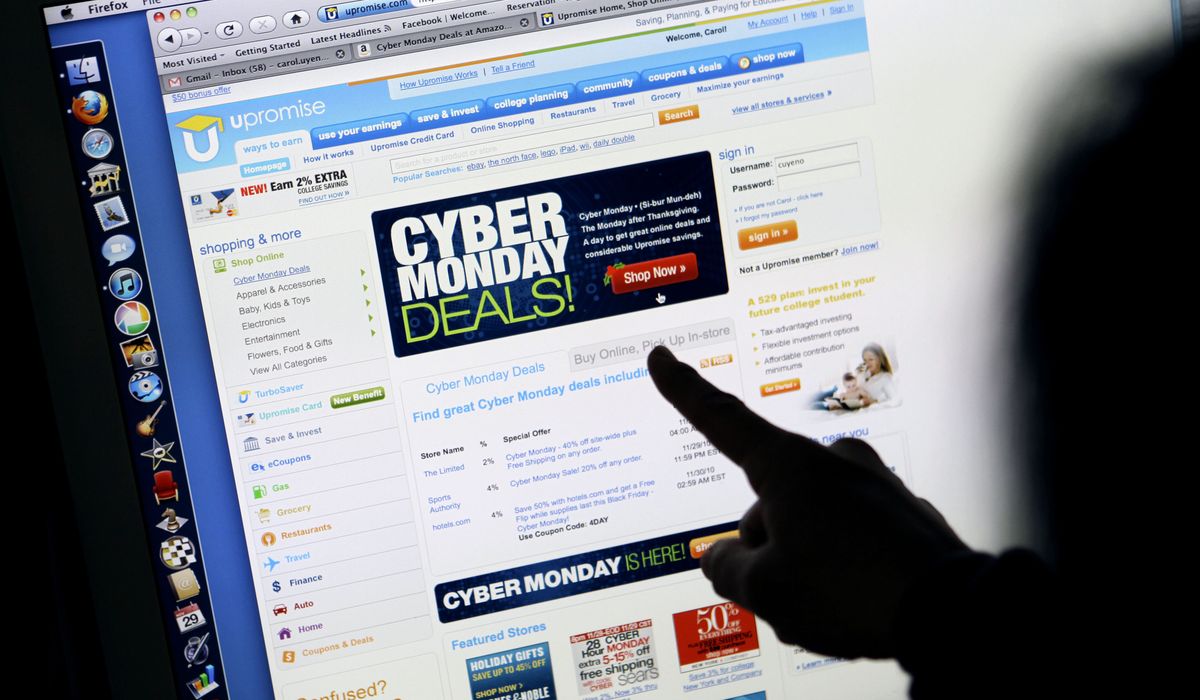Whio
Black Friday shopping takeaways and what they mean for the economy
L.Thompson3 months ago
NEW YORK — Black Friday sales did gangbusters as the nation enters a holiday shopping season expected to test shoppers, who account for nearly three-quarters of U.S. economic activity. Consumers spent a record $9.8 billion online on Black Friday, which marks a 7.5% increase over the year prior, according to Adobe Analytics. Shopper visits, a metric used to assess in-person sales, rose 4.6% compared to a year ago - a rate nearly double the average overall increase in foot traffic so far this year, retail data firm Sensormatic Solutions said. Even more, consumers are expected to spend between $12 billion and $12.4 billion on Cyber Monday, which would make it the biggest online shopping day ever recorded, Adobe Analytics said. A significant reduction of inflation over the past year has delivered some relief for consumers. At the same time, they've been squeezed by a decline in savings built up during the pandemic and a spike in borrowing costs for loans like credit cards and mortgages. "The Christmas buying season got off to a good start, as Black Friday sales appear to be strong," Mark Zandi, chief economist at Moody's Analytics, told ABC News. "Consumers are hanging tough." A host of key indicators bode well for consumers as the holiday season takes hold. The unemployment rate stands near a 50-year low, wage growth outpaces inflation and savings have been resilient for upper- and middle-income households, Zandi said. The U.S. economy grew at an annualized pace of 4.9% over three months ending in September, more than doubling growth in the previous quarter and rebuking worries about a possible recession, a government report last month showed. Black Friday sales data suggests that the good times for consumers may continue for the remainder of the year, Zandi said. "While Black Friday isn't always a good guide to overall Christmas sales, this is a good sign," he noted. Still, potential pitfalls remain for consumers and, by extension, the U.S. economy, Simeon Siegel, a retail analyst at BMO Financial Group, told ABC News. Credit card debt climbed to a record high in the third quarter of 2023, surging nearly 5% from the previous quarter and leaving a growing share of borrowers late on payments, a Federal Reserve report earlier this month showed. The growing debt has emerged alongside a spike in borrowing costs for loans from credit cards to mortgages that stems from interest rate hikes from the Federal Reserve. Since last year, the Fed has raised its benchmark interest rate at the fastest pace in more than two decades, seeking to slash price hikes by slowing the economy and reducing consumer demand. In theory, the economy should eventually falter as it becomes more expensive for businesses and consumers to borrow. The job market, for instance, remains robust but has slowed in recent months. Broad economic trends offer ample "reason to be concerned," Siegel said. He noted, however, that Black Friday sales appeared to dispel fears of a worst-case scenario for consumers. "The question was, 'Is it going to be such an overhang that it closes the cash registers and keeps people from going online and in stores?'" Siegel said. "The retailers' response would suggest that it was not." Rosy inferences from the data deserve a note of caution, Siegel said. Consumers often spend during the holidays, even if it means shopping beyond their means, Siegel added, making Black Friday sales an imperfect shorthand for consumer health. "The holidays have gotten off to a good start," Siegel said. "What you and I can see from revenues is what people spent. But what we can't see is what they have in their bank accounts."
Read the full article:https://www.whio.com/news/business/black-friday/CUHCOWR4MRAG5EDBKJYFLQZEWU/
0 Comments
0

















